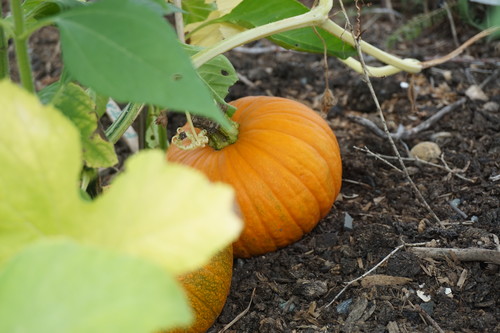In November 2015 we signed a contract and received a map showing the areas to be planted and an extensive list of plants to be planted. The list ranged from classic Douglas fir and Western red cedar to willows, birch, cascara, Pacific crabapple and big leaf maple, to name just a few. Shrubbery to in-fill between the bigger trees included red osier dogwood, snowberry, Nootka rose, beaked filbert and too many more to remember.
The planting was done in March this year by a contractor, Calypso Restoration, and the field was full of blue protectors. It looked a bit like a war memorial cemetery. Now, thanks to the rapidly growing field grass, there’s no sign of blue — until the hay is cut this summer.
It was a long and complicated process, but it finally came together, and we are excited to watch this new riparian forest outgrow the canary grass and blackberries. I don’t believe my father would begrudge our decision to reforest the farm. I’m quite sure he would honor our contribution to the future of this earth. By the way, those trees I planted in 1990 in preparation for building my home? They are now 30 to 40 feet tall!
The next task for the Arney Farm, also funded through CREP, is maintaining the new plantings for five years to make sure plants have a fair chance to survive. Crews and private contractors generally provide this service by mowing and weeding annually.
-From 2016 Summer Nexus





















